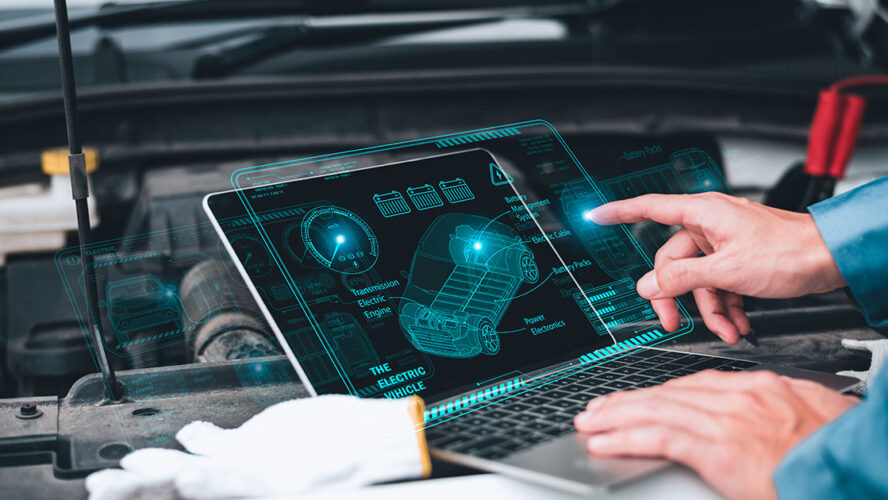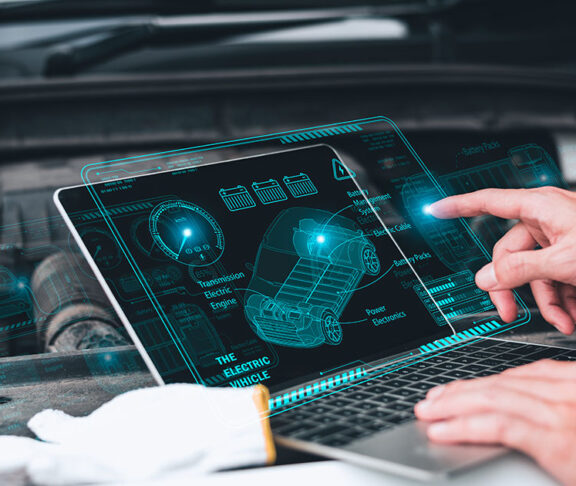In approximately a decade, electric vehicles (EVs) have grown from less than 1% of new vehicle sales to more than 20% of the global auto market, proving that the future of transportation is electric and the future of auto care is minimal.

Liam Condon
Senior Communications Associate, Electrification Coalition
EVs have fewer moving parts, which means fewer things to break and less time and money spent on auto care. EVs don’t need a transmission, spark plug, oxygen sensor, timing belt, fuel, or engine air filter. In fact, an average EV drivetrain contains just 20-25 moving parts, compared to internal combustion engine vehicles’, which average 200 and can exceed 2,000 total parts.
EVs also use regenerative braking technology, which converts braking forces into additional range and, conveniently, places less strain on brake pads, extending their lifetimes. The cherry on top? No oil changes. Ever. As a result, studies have consistently shown that EV owners pay pennies on the dollar for maintenance compared to owners of gas-powered vehicles, averaging approximately 40% less in total maintenance costs over the vehicle’s lifetime.
Additionally, powering a vehicle with electricity is significantly less expensive than gasoline, so EV drivers save approximately $1,100 per year on fuel. Combined with maintenance savings, the total cost of ownership of many EV models today is already lower than equivalent gas-powered vehicles, even when sticker prices remain higher.
The total cost of ownership of EVs
Atlas Public Policy released an analysis in June 2025 that compared the seven-year total cost of ownership of the five most popular gas-powered vehicles to the closest EV alternatives, finding that the EV delivered savings in four of five instances. By year seven, the EV compact sedan saved $2,098; the EV sedan saved $3,340; the compact EV SUV saved $9,483; and the mid-size EV SUV saved $8,144.
Free electrification assessment tools like the Electrification Coalition’s Dashboard for Rapid Vehicle Electrification (DRVE tool) let individuals and fleet managers evaluate potential savings, comparing the lifetime costs of equivalent EV and combustion engine vehicles to determine when to electrify. DRVE lets users adjust inputs to match local fuel prices, incentives, and other relevant factors.
In the rare instance when something goes wrong with an EV battery, nearly all EVs now come with battery warranties of at least eight years or 100,000 miles, insulating EV owners from the largest potential repair cost. As the first generation of mass-market EVs has begun to reach the expected end of life, analyses have found that EV batteries last significantly longer than anticipated, achieving usable lifetimes exceeding 20 years.
To maximize your EV’s lifetime, be sure to:
- Follow all manufacturer guidance
- Use only certified charging equipment
- Protect your vehicle from extreme conditions
- Seek a consultation from a licensed professional if your vehicle has sustained damage
- Update your vehicle’s software routinely
- Retain proper tire pressure
Electric transportation is cruising ahead, leaving the days of costly and time-consuming auto care in the rearview mirror.

